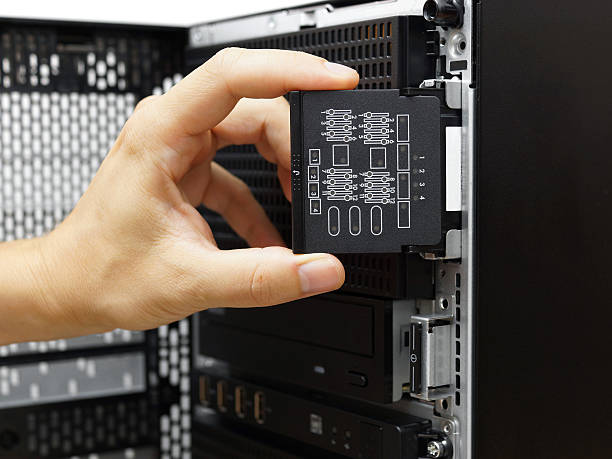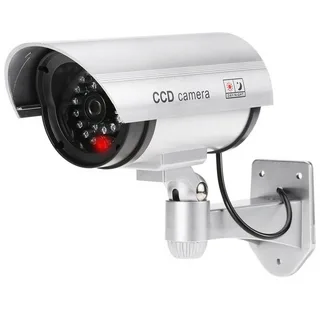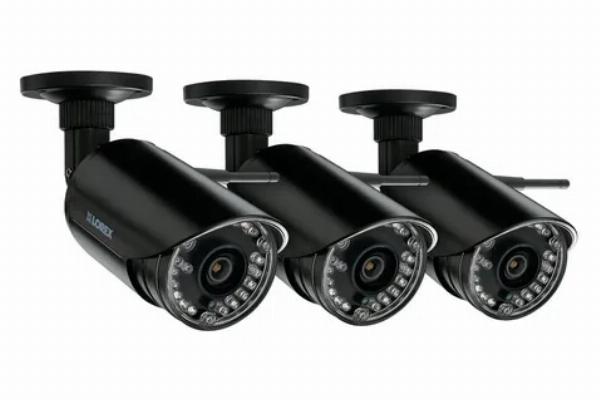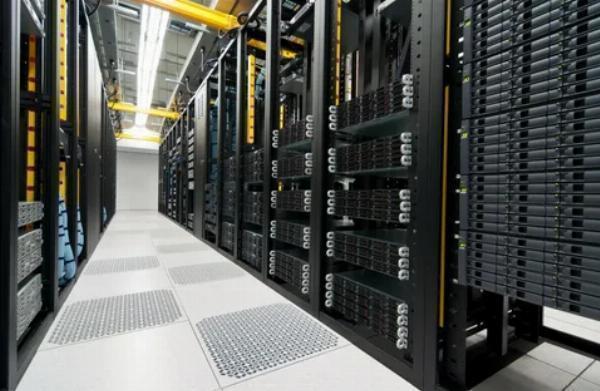NAS for Newsrooms: Managing Large Video and Audio Files

Strong 8k brings an ultra-HD IPTV experience to your living room and your pocket.
In the fast-paced world of news production, managing and accessing large video and audio files efficiently is crucial. Newsrooms are constantly dealing with a significant volume of media content, ranging from raw footage to final broadcasts. Network Attached Storage (NAS) systems have emerged as a vital tool for newsrooms, providing scalable, high-performance solutions for storing and managing these extensive media files. This article explores how NAS systems address the unique challenges faced by newsrooms and enhance their media management capabilities.
The Challenges of Managing Media Files in Newsrooms
Newsrooms operate under tight deadlines and require seamless access to large volumes of video and audio content. The sheer size of media files, coupled with the need for quick retrieval and collaboration, presents several challenges. Traditional storage solutions often struggle to keep up with the demands of modern news production, leading to inefficiencies and potential bottlenecks.
Managing large video files, for instance, requires not only substantial storage capacity but also high-speed access to ensure smooth editing and playback. Similarly, audio files used for news reports, interviews, and other content need to be readily accessible and organized for efficient workflow. These challenges necessitate a robust storage solution capable of handling large media files while supporting collaborative work environments.
How NAS Systems Address Storage Needs
Network Attached Storage (NAS) systems offer a centralized solution for managing large video and audio files in newsrooms. One of the key benefits of NAS is its ability to provide scalable storage capacity. As newsrooms generate and archive more media content, NAS systems can be easily expanded to accommodate growing data volumes. This scalability ensures that newsrooms can continue to store and manage their media files without worrying about running out of space.
NAS devices are designed with high-speed network interfaces that enable rapid data access and transfer. This capability is essential for newsrooms, where quick retrieval and processing of media files are critical. By using high-speed network connections, NAS systems ensure that video and audio files can be accessed and edited efficiently, supporting the fast-paced nature of news production.
Enhancing Collaboration and Workflow Efficiency
Collaboration is a cornerstone of newsroom operations, with multiple team members often working on the same media files simultaneously. NAS systems facilitate effective collaboration by providing a centralized storage platform where files can be accessed and shared among team members. This centralization simplifies file management and reduces the risk of version conflicts or duplication.
Additionally, NAS systems often support advanced file-sharing and access control features. Newsroom staff can set permissions to ensure that only authorized individuals can access or modify specific files. This level of control helps maintain the integrity of media content and prevents unauthorized changes.
NAS systems also integrate with various media management and editing tools, streamlining the workflow for news production. By providing seamless integration with software used for video editing, audio mixing, and other media tasks, NAS systems enable newsrooms to work more efficiently and maintain a smooth production process.
Ensuring Data Security and Integrity
Data security is a critical concern for newsrooms, particularly when dealing with sensitive or proprietary media content. NAS devices offer several features to protect media files and ensure data integrity.
RAID (Redundant Array of Independent Disks) is a common feature in NAS systems that enhances data reliability. By using multiple disks to store redundant copies of data, RAID configurations protect against data loss in the event of a disk failure. This redundancy ensures that media files remain accessible and intact, even if hardware issues arise.
In addition to RAID, NAS devices often include backup and disaster recovery features. Regular backups and data replication create copies of media files that can be restored if needed. These features provide an extra layer of protection against data loss and help ensure that newsrooms can quickly recover from unexpected disruptions.
Scalability and Flexibility for Growing Needs
As newsrooms evolve and their media needs grow, scalability and flexibility become increasingly important. NAS systems are designed to adapt to changing requirements, offering flexible storage solutions that can be expanded as needed.
Newsrooms can add additional storage units to a NAS system or upgrade existing ones to accommodate growing data volumes. This scalability ensures that NAS systems can keep pace with the increasing demands of media management without requiring a complete overhaul of the storage infrastructure.
Moreover, NAS systems can be configured to integrate with other storage solutions, such as cloud storage or offsite archives. This flexibility allows newsrooms to create a hybrid storage environment that combines the benefits of local NAS storage with the advantages of cloud or remote storage options.
Conclusion
Network Attached Storage (NAS) systems play a crucial role in managing large video and audio files in newsrooms. By offering scalable storage capacity, high-speed data access, and advanced collaboration features, NAS systems address the unique challenges of media management in news production. With their focus on data security, flexibility, and integration with media tools, NAS systems support the efficient and effective handling of extensive media content. As newsrooms continue to evolve and expand, NAS remains an essential component in optimizing their media management processes and ensuring smooth, uninterrupted operations.
Note: IndiBlogHub features both user-submitted and editorial content. We do not verify third-party contributions. Read our Disclaimer and Privacy Policyfor details.







